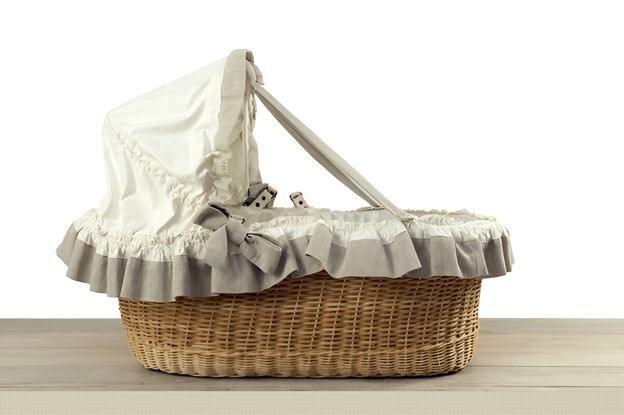How to Maintain a Wicker Bassinet After Repair

wicker bassinet isn't just a beautiful piece of nursery decor—it often holds sentimental value, passed down through generations or carefully chosen for a newborn’s first home. If you’ve recently had your bassinet restored through a wicker bassinet repair service, congratulations! You've taken an important step in preserving its charm and function.
But what happens after the repair? How do you keep it in top condition so it stays safe, stylish, and durable?
Here’s a complete guide on how to maintain your wicker bassinet post-repair.
1. Keep It in a Climate-Controlled Space
Wicker is a natural material, typically made from rattan, willow, or bamboo, which means it reacts to environmental changes. After a wicker bassinet repair, avoid placing it in areas with extreme heat, humidity, or dryness.
Tips:
- Keep it away from direct sunlight to prevent fading and brittleness.
- Avoid placing it near heaters, fireplaces, or air conditioners.
- Use a dehumidifier in overly humid climates to prevent mold growth.
A consistent, moderate climate helps the wicker maintain its integrity and prevents it from drying out or becoming too flexible.
2. Dust Gently but Regularly
Wicker’s woven design makes it easy for dust and debris to collect in the crevices. After repair, regular cleaning is key to keeping your bassinet fresh and hygienic—especially if it’s being used for a baby.
How to Clean:
- Use a soft brush or a microfiber cloth to dust weekly.
- For deep cleaning, a vacuum with a soft brush attachment can be used on low suction.
- Avoid harsh scrubbing or abrasive cloths.
Regular, gentle dusting helps prevent buildup and keeps the wicker looking crisp and clean.
3. Use Mild Cleaners for Occasional Wipe-Downs
Spills or smudges are inevitable, especially around little ones. But don’t reach for heavy-duty cleaners just yet. The delicate nature of wicker, particularly after repair, demands gentle care.
Safe Cleaning Solution:
- Mix a small amount of mild soap with warm water.
- Dampen (don’t soak!) a cloth and wipe the surface gently.
- Follow up with a dry towel to avoid moisture absorption.
Excess water can weaken the wicker and shorten its lifespan, so always keep cleaning light and minimal.
4. Inspect It Monthly for Wear and Tear
Even after a successful wicker bassinet repair, natural wear will eventually occur with regular use. The key is to catch it early.
What to Check:
- Loose weaves or strands.
- Signs of mold or mildew.
- Cracks in the wicker or damaged frame.
- Squeaky or unstable parts.
Noticing issues early can help you take action before the damage worsens. For recurring issues or new damage, it’s best to consult a professional repair service again.
5. Store It Properly When Not in Use
If your wicker bassinet is temporarily out of commission (e.g., between babies), storing it correctly can make all the difference.
Storage Best Practices:
- Cover it with a breathable cloth (avoid plastic which traps moisture).
- Elevate it slightly off the floor to prevent contact with moisture or pests.
- Store it in a dry, cool place with proper air circulation.
Proper storage ensures your investment in wicker bassinet repair doesn’t go to waste and your bassinet remains pristine for the future.
Conclusion: Treat It Like the Treasure It Is
A wicker bassinet is more than just furniture—it’s a keepsake, a memory holder, and often, a family heirloom. After investing in a quality wicker bassinet repair from professionals like Jardin Wicker, following the right maintenance steps ensures it continues to serve your family for years to come.
By treating your bassinet with care, regular attention, and the occasional check-up, you’re not just maintaining a piece—you’re preserving a story.